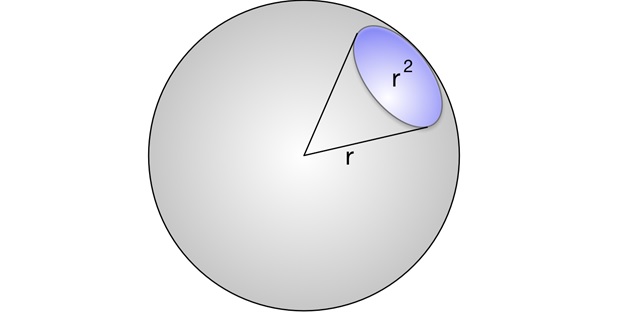Candelas and Lumens and Nits – Oh My!!
In my last installment, I discussed some of the science behind how the human eye actually perceives light—important to know as we continue to strive to deliver to the viewer the highest fidelity reproduction of the scene they would see if they were actually there. Part of that evolution is to produce images that cover a much higher range of (and finer granularity of) light delivered by the viewing screen—that’s one of the tenets of HDR. Again, though, I must warn the reader that HDR is not simply about delivering brighter pictures—you can do that by turning the brightness waaaay up on a modern screen. That doesn’t give you HDR, as it does nothing to improve the reproductions of shades down in the black area.
To improve on light delivery, you first need to be able to measure its intensity. Once again, the video engineer finds him/herself with some of the information, but as in all new technologies, there are endless acronyms and SI units that make up the discussion, and it’s very easy to mix them up when learning about that new technology. In this blog, I’ll shed some light (sorry—had to get that pun in somewhere) on how these various units of measurement relate to each other —so you will be able to answer the question “how many Candelas is a Nit?” and wow your friends at cocktail parties!
WHAT IS A STERADIAN?
First, though, we need to familiarize ourselves with the “steradian,” because that term is thrown around like spaghetti when discussing light and illumination. The steradian is the SI unit of a solid angle, which in turn is the ratio of the area subtended on a sphere by that angle and the square of the radius of the sphere. Confused? Fig. 1 makes it clearer, I hope.

The basic unit when talking about luminous intensity is the candela, often abbreviated to “cd” and is basically a measurement of luminous power per unit solid angle. Basically, it is more or less the luminous intensity emitted by a common candle. That, of course is not accurate enough for scientific measurement, but it will suffice for a mental picture. The scientific definition is “The candela is the luminous intensity, in a given direction, of a source that emits monochromatic radiation of frequency 540×10 hertz and that has a radiant intensity in that direction of 1/683 watt per steradian.” I like my simple analogy better!!!
So now we have to consider the measurement of the perceived power (by the human eye) of light. This quantity is called “luminous flux” and is analogous to “radiant flux”—the measurement of the total power of electromagnetic radiation—except that it takes into account the eye’s variance in sensitivity to different wavelengths of light. In other words, it doesn’t include the infrared or ultraviolet spectra, and other wavelengths are weighted by the eye’s sensitivity. Luminous flux is measured in lumens (lm). 1 lumen is defined as 1 cd multiplied by the steradian of the beam for which we’re making the measurement (a sphere has a solid angle of 4P steradians, so a source delivering a uniform 1cd in all directions is emitting 12.57 lumens). Why do you care? Because most light sources are commonly labelled with their output in terms of lumens.
WHAT IS A LUX?
The professional video industry's #1 source for news, trends and product and tech information. Sign up below.
The next term in our “dictionary of light” is the lux (lx). This one is very simple: it defines how much luminous flux is spread over a given area. 1 lux is simply 1 lumen per square meter. If you had the same 1 lumen over an area of 2 square meters, you would only have 0.5 lux and it would appear half as bright. Pretty intuitive.
Why do you care? Because if you try to look up the light levels for bright daylight or the moonless night sky, you’ll most likely get values in lux (approximately 25,000 lx and 0.002 lx respectively).
WHAT IS A NIT?
And finally, we come to the final metric that we need to understand: Nits! The scientific name for this unit is “candela per square meter” (cd/m), but for some reason, the term “Nit” (nt) has become widely adopted when talking about displays (or screens)—the two terms are interchangeable. To give you a sense of perspective, a sunny day will measure somewhere around 10,000–12,000 nits and a moonlit night, with the moon directly overhead, will measure in the very low single (or even fractional) digits.
So there you have it—the fascinating world of light measurement. Note that we’ve only discussed measurement of total intensity here, not colorimetry. We’ll be looking at how all of this impacts HDR in our next discussion, where we’ll also talk about colorimetry and wide color gamut. As I mentioned earlier, HDR and WCG are actually different topics, but they are almost always spoken of together when discussing HDR in general. See you next time!
Paul Turner is founder ofTurner Media Consultingand can be reached atpault@turnerconsulting.tv
